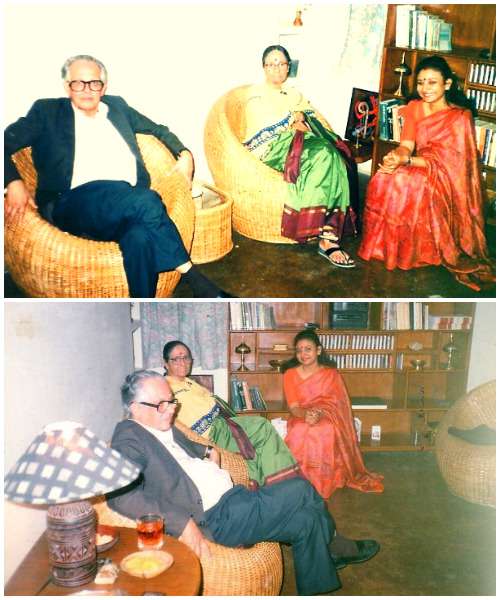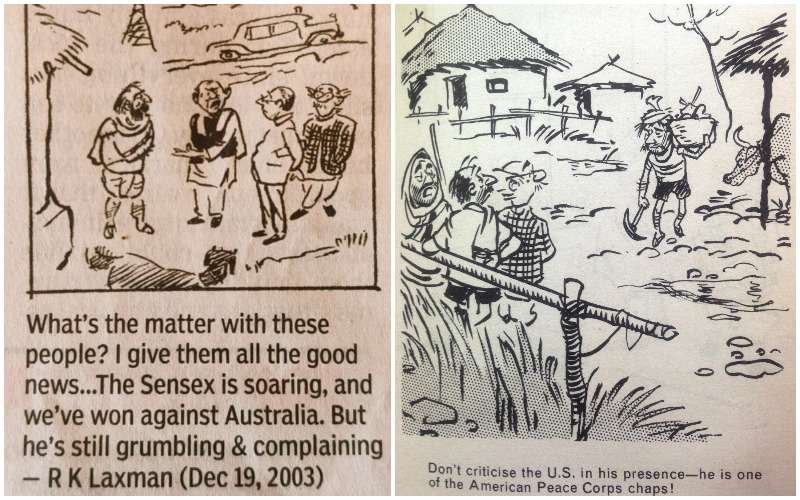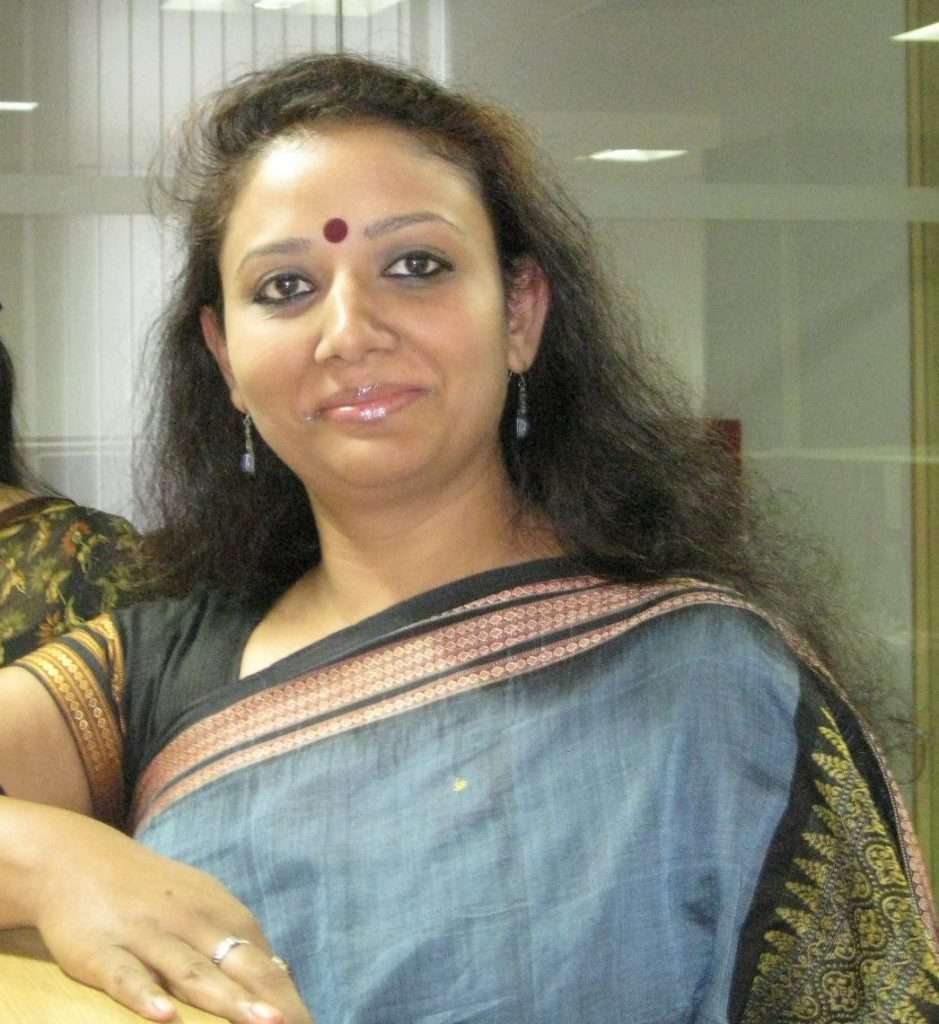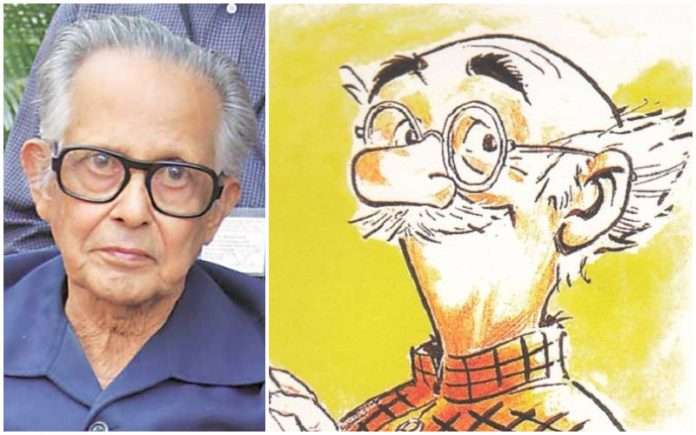A week back when India had won the fourth and final test match of the series against Australia at the Gabba in Brisbane and retained the Border-Gavaskar Trophy an old cartoon by R K Laxman was doing the rounds on social media. It said “What’s the matter with these people? I give them all the good news…The Sensex is soaring, and we’ve won against Australia. But he is still grumbling & complaining.” Well, he had made this cartoon on December 19, 2003! Has anything changed, I think not. It’s still relevant today and that is why R K Laxman will remain relevant forever. He had his finger on the pulse of the people and that is why his ‘Common Man’ cartoons were so loved.
You might wonder as to why am I remembering him today? Well, because it’s his death anniversary today. R K Laxman was born on 24 October 1921 in Mysuru and he died on 26 January, 2015 at the age of 94. He worked as a part-time cartoonist at the beginning of his career, mostly for local newspapers and magazines. He illustrated his older brother R. K. Narayan’s stories in The Hindu while he was still in college. He later took on a full-time job was as a political cartoonist for The Free Press Journal in Mumbai. And later, he joined The Times of India, where he became famous for The Common Man character. This was the turning point in his life.

I had the good fortune to meet the legendary cartoonist, illustrator and humourist in person, not only that he accepted our (my better half and my) invitation to visit our home in Bhopal. We were posted at Bhopal at the time and he had come for a talk. We were posted at Bhopal at the time and he was in Bhopal at the invitation of BHEL Cultural Centre to deliver a lecture. What a wonderful time we had, he was at his wittiest best. I still have the gift, a small Lakshmi Ganpati statue; his wife gave me with so much love. She said “I always keep one of these in my bag.” We in turn had gifted her horai from Assam which she had admired in our home. We had just come back from our posting in Namrup in Assam and had a few in our collection. He had also signed a copy of his book The Tunnel of Time: An Autobiography for us, which we treasure.
During our conversation one could feel the inherent honesty that he had, which automatically seeped into everyone around him. His unreserved, razor-sharp and electric brilliance would compel anyone to question all mundane and worldly situations, actions and reactions that we are engrossed in while living our everyday lives. I observed that he had a childlike innocence and curiosity within him. I remember while we waited for him as the audience were dispersing at the guest house to take him to our home, with a mischievous glint, he asked me to see what the foreigner at the other table was reading. When I told him it was Gabriel Garcia Marquez’s Strange Pilgrims, Laxman said he was fascinated with Maequez’s One Hundred Years of Solitude. He narrated another interesting incident, when he was invited to be the chief guest at the Sir J J School of Art in Mumbai to deliver the keynote address. It was quite ironic, he said, because during his student days, he had applied for admission to this very institute, but had been flatly refused an entry. Alluding to this, he said in his speech that evening, ‘If I had been accepted and had graduated clutching a diploma in art, walking down the portals of the J J School of Art (he mimicked a Victorian English accent here), I would have most likely been languishing in some corner of an advertising agency, drawing visuals for foods, bearing the name ‘crunchy- munchy vita biscuits’!
Seeing the fondness between him and his wife I asked him how he met his wife Kamla, who was his memory, calendar, diary, and itinerary, all rolled into one. It was a pleasure to listen to how he met her, who also happens to be his niece; the description of his mother’s smell, the awesome personality of his father, his fascination for cane furniture, his extreme hatred for ‘the obvious things in life’, and of course, his Nietzschean disdain for God: ‘I don’t believe in God, God believes in me.’ We indeed did hear him on a gamut of subjects from him in an animated yet amicable atmosphere that evening.
When I asked him about his craft he said he didn’t choose cartooning, cartooning choose him. He learnt it from the ambience in which he was born. Children first learn to draw, and then they learn to write. But for him it was drawing all the way from age three. He had been illustrating for his brother throughout. No institution teaches a man to be humorous he said, he subconsciously learnt the essence of the human feature called caricature.
Further I asked him about the kind of personality that attracted him and egged him on to draw a caricature of, he said, “Politicians don’t work for the nation, they work for me! When I started, it was the time of Second World War, the time of Winston Churchill, Stalin, Hitler, and Mussolini. Freedom movement personalities like Gandhi, Nehru, and Patel. After independence, Indira Gandhi, for quite a long time. Narsimha Rao being the most sketchable. The greatest problem I faced was when Rajiv Gandhi took over as prime minister; he was just too handsome to make a caricature off. I was afraid that soon I’d be out of my profession if he fulfilled all the promises he had made, but I was lucky he faltered in the end.”
Elaborating on his craft he said Cartooning is an art of complaints and disapproval. It’s an art of irony, paradoxes and opposing forces of ridiculous contradictions. If a cartoonist manifests an ideaology, he will be a propagandist. Cartoonists are not builders and destroyers of society, but they look for faults in society. Even if they ever live in utopia, they would still look for lacunae.

Finally, before he left I asked him one final question, I asked him if cartoonists are the saddest persons around as he had mentioned in one of his interviews. He gave a witty reply and said “Do I look sad? (laughed). Cartoonists are not the saddest but the most tormented people. A cartoonist has to choose from the gristly mill of everyday newspaper headlines. Cartooning is always an agonizing, painful and torturous business. The muse of cartooning does not appear so easily.”
R K Laxman could make any gathering burst out into peals of laughter with his wit, humour and instant repartee, the pensive and brooding eyes behind his library-frame glasses betrayed his outward demeanour―they reflected the many bad hands dealt by life that his spirit must have taken, in order to be tempered into the diamond that the man now was. Those eyes clearly revealed where the vertical lines of worry and parallel lines of surprise on the forehead of the ‘Common Man’ come from.
That evening in Bhopal in the company of this legend named. R K Laxman will forever be etched in my heart and mind.
(The views expressed are the writer’s own)

Smita Singh is a freelance writer who has over 17 years of experience in the field of print media, publishing, and education. Having worked with newspapers like The Times of India (as freelancer), National Mail, DainikBhaskar and DB Post, she has also worked with Rupa& Co, a book publishing house and edited over 30 books in all genres.
She has worked with magazines like Discover India and websites called HolidayIQ and Hikezee (now Go Road Trip). She has also written for Swagat (former in-flight magazine of Air India), Gatirang (magazine of MarutiUdyog), India Perspectives (magazine for Ministry of External Affairs) and Haute Wheels (magazine of Honda).
After turning freelance writer she wrote on art and architecture for India Art n Design. She also worked for Princeton Review as a full-time Admissions Editor and then IDP Education Private Limited as an Application Support Consultant. Smita has her own website called bookaholicanonymous.com which supports her love for books and reading!
You can reach her at: [email protected]
(Image of R K Laxman and cartoons from the net, rest from writer’s own collection)

